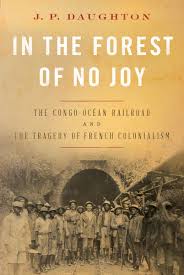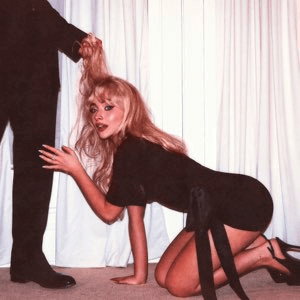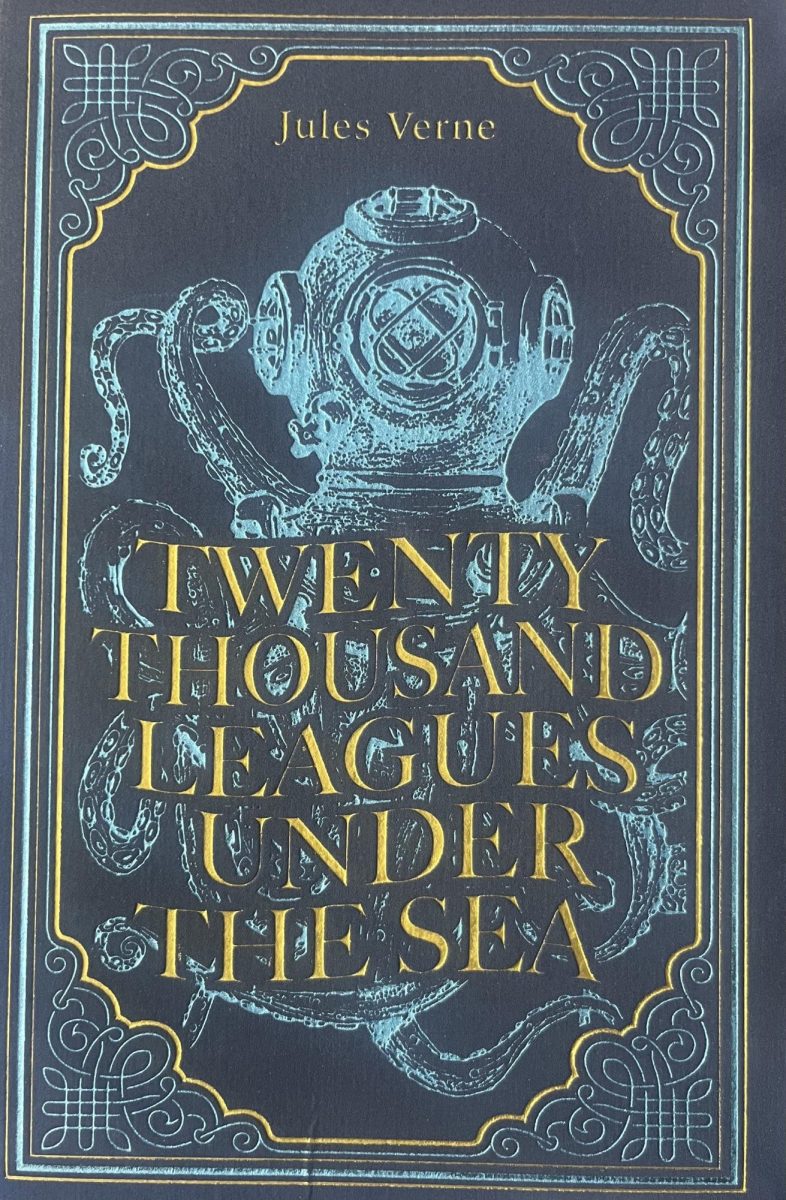Critic: Visually Stunning ‘Candyman,’ Not Without Flaws
September 2, 2021
“Candyman,” directed by Nia DaCosta and starring Yahya Abdul-Mateen II, is the long-awaited sequel and reboot of the 90s classic of the same name.
Mateen plays a struggling and uninspired artist in Chicago with pressure to succeed coming from his partner, her brother and business associates. His character, Anthony McCoy, finds inspiration in Cabrini-Green, public housing, which ultimately reveals his discovery of the thought-to-be urban legend known as the “Candyman.”
Let’s get the easy stuff out of the way first. DaCosta has directed a visually striking film that plays well to the senses. The sound design meshes with the cinematography to create an eerie atmosphere. DaCosta’s blend of organic suspense and patience in storytelling is perfectly crafted to fit a “Candyman” film.
Additionally, the main performances are excellent. Anthony’s partner, Brianna, played by Teyonah Parris, is a strong, yet struggling, art curator who clearly has had an unfortunate past and is trying to move on without confronting it. Parris’ performance gets better as the film progresses, and the third act really is her time in the spotlight.
Her brother, Troy, is quite the character as well. Portrayed by Nathan Stewart-Jarrett in a scene-chewing role, he gets to soak up most of the comedic relief needed in this bleak picture.
And, finally, Colman Domingo plays a classic horror archetype, the harbinger of doom seen in countless films where the character spews an excess amount of exposition. Unfortunately, it’s almost the same gimmick in “Candyman,” but, fortunately, DaCosta has a veteran actor in this role which elevates a part that could have been dull and tiresome in the wrong hands. His charisma combined with a late twist help to add layers to this worn-out stereotype. That is another large reason this film mostly works.
There are two third-act twists that not only expand what has been transpiring with the story in this film but also connect back to the 1992 entry. DaCosta is able to balance rewarding viewers and specifically diehard fans of the original film and still allow a new audience not to feel out of place or ignorant.
That being said, this film is not without its questionable decisions. Chief among them is the lack of the “Candyman” in the film named after him. To be fair, in the original, the horror icon, played by Tony Todd, does not show up until about 40 minutes in. However, once he does arrive, he is shown in all his glory and plays a pivotal role throughout the rest of the runtime.
In the new release, “Candyman” is shown through reflections in mirrors and never gets his good money shot, not that seeing carnage played out is necessary formula for a successful horror film. Still, everything that involves the “Candyman” actually shedding blood feels like a tease.
Apart from one scene where Anthony sees him in his full get up through a large mirror which to its credit does have beautiful choreography and striking visual execution, there is a striking lack of the titular character. Not only is this disappointing on a surface level, but it also does not blend with how the themes of the story are being told.
The film speaks to its audience about the themes that require attention in an artificial and blatant fashion. Societal issues are superficially discussed in scenes that do nothing to forward the plot and everything to halt the movie’s pace. Not only is this not how I prefer to dive into such important topics, but it is so different from how these same themes were covered in the original.
The director of the first film, Bernard Rose, took the source material from Clive Barker and morphed it into an important and subtle movie covering topics such as race, gentrification, identity and believing victims. This “Candyman” talks about all those same themes but in just an uncreative way, making it thoroughly disappointing. This odd blend of being so aggressive and transparent about the themes while hiding the villain is uneven and unsettling.
The screenplay of this film is easily the most substandard part. The screenplay is penned by DaCosta herself, along with its producer Jordan Peele, and Win Rosenfeld who often works with Peele on his projects. Writing a script with three people who most likely all have differing writing styles and ideas to bring to a project is difficult. It feels as though that this script needed to enter additional draft revisions.
Several ideas touched upon end up feeling unearned by the end because DaCosta does not visit them enough to make the viewer care. This is unfortunate because all of them are interesting and could have produced an intriguing extra layer to the film. Character backstories, differing tones throughout scenes, and rushed development of characters that come from absolutely nowhere are all negatively impacted due to a weak script and short runtime.
The tone is mostly consistent but not perfect and there are a few key sequences that feel out of place, they are usually the ones that feel very Jordan-Peele-like, such as attempting to throw comedic elements into scenes that should be terrifying, or at least, discomforting. This takes the audience out of the story, forcing them to lose interest and concern.
Additionally, although the third act does attempt to have two impactful twists as stated previously only one sticks the landing. Without spoiling anything, there are two instances of character development that occur without any transformation seen previously, and the film quickly rushes over it with exposition in an attempt to justify it.
The last 20 minutes feel incredibly jarring, and for a movie that is overall a slow burn, it feels out of place and gives the audience whiplash. The film’s runtime is only 91 minutes so with such a short amount of time to tell the story, you have one of two options: Expand the runtime an additional 10 to 15 minutes, which audiences will most likely not have an issue with because it would still be a considerably short picture or cut unnecessary side plots like that of a group of high school girls who summon the “Candyman.” (Again, without lending out spoilers, this scene feels so out of place and like a studio note attempting to have some representation of the target demographic of those who will buy a ticket.)
The negatives don’t make “Candyman” a bad horror outing but rather disappointing. The ideas shared are worthy ones, and the finale is an interesting idea. However, both come off as a leap and confusing adding to the audience’s frustration.
Meanwhile there are underexplored themes that are more unique to this film alone, such as black artists being used by white business associates to have financial gain based on their clients’ historical pain. This aspect of the film is seen through Anthony as he feels pressured to create something bold and new while still feeling personally connected to his work and not just a puppet for wealthy white critics and curators.
Other than those issues some smaller quibbles with the movie are weak special effects and a forgettable score, which may be unfairly compared to the perfect score from the 1992 movie. The score is simple and bold but does not feel as romantic and visceral as the first one intentionally. But still does not have me thinking about it once leaving the theater.
Luckily, the practical effects used on victims’ bodies and specifically Anthony’s skin are impressive and disgusting. The slow progression of his physical and mental deterioration is an enthralling portion of the film.
“Candyman” feels like a blend of several past horror films. Its predecessor of the same name, “The Fly” and “Velvet Buzzsaw.” When it leans into more of “The Fly” and the original, it thrives, but when it leans into the “Velvet Buzzsaw” it plunges into preachy artistic nonsense that doesn’t allow for the viewer to feel connected to its characters.
Overall “Candyman” is a visually gorgeous and thought-provoking film that has good intentions and strong themes but shares them in a tiresome way and does not satisfy the sweet tooth of “Candyman” Stans.
I do think if you’re a fan of the original or are itching for a new horror film “Candyman” is worth a visit, but it surely is not a perfect film and leaves the audience wanting more, which based on its box office numbers may actually be possible.
Nia DaCosta is notably the first black female director to ever have a movie place first at the box office, which is something that she and Jordan Peele should be proud of.
If you’re into visually stunning movies and extremely handsome and beautiful actors giving noteworthy performances, go check this out in theaters. If not, maybe wait for it to be able to rent on your television.
My final observation of this horror outing is that we have reached an era in this genre where nearly all films are technically well made but lacking something special that makes the films of old so notable and worthy of a cult following. Hopefully, horror is able to strongly move past this time and make timeless genre films once again.

























